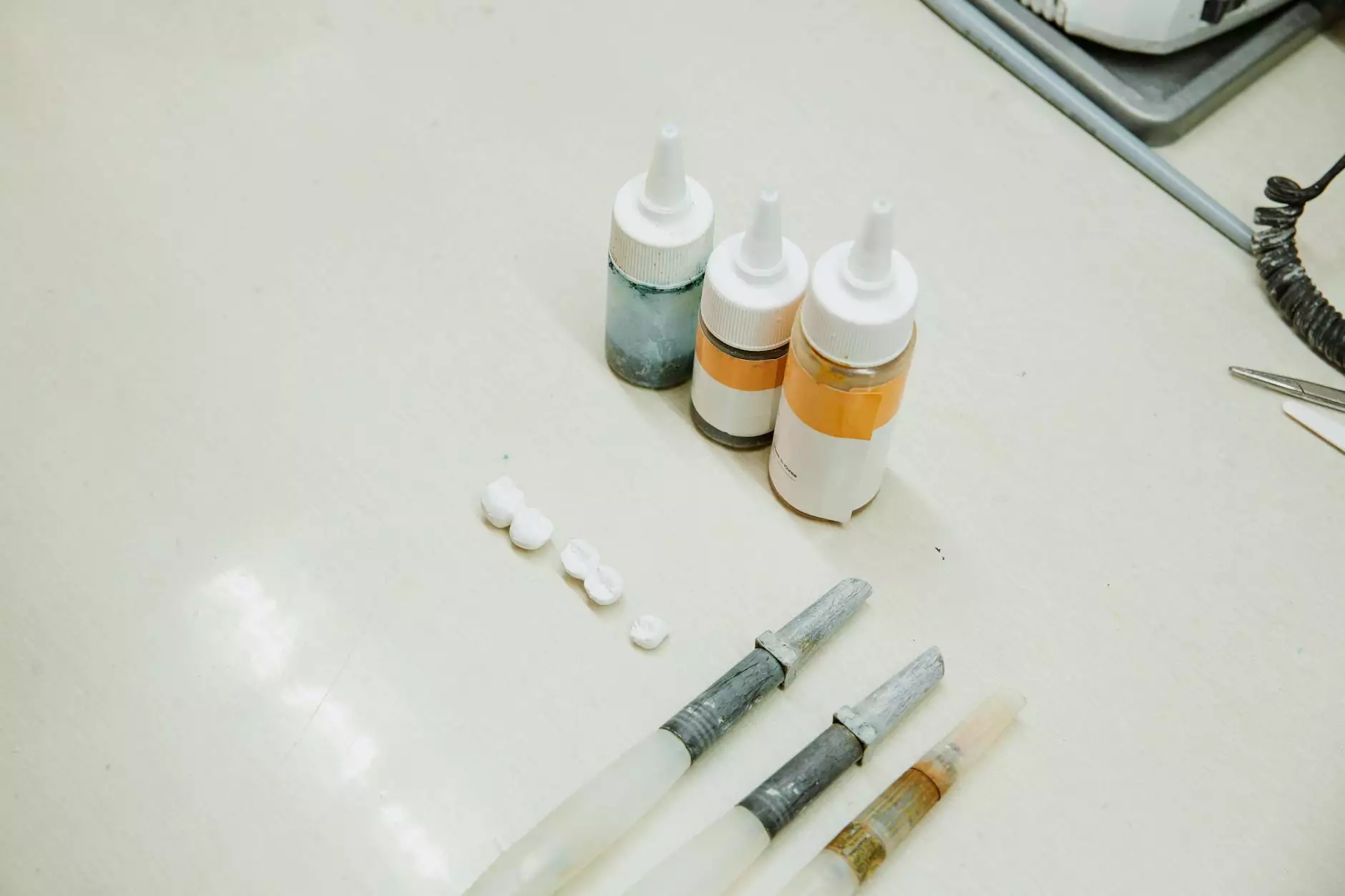Understanding DVT: A Comprehensive Guide to Deep Vein Thrombosis

Deep Vein Thrombosis (DVT) is a medical condition that can have serious implications, yet it often goes unnoticed until complications arise. This condition occurs when a blood clot forms in a deep vein, typically in the legs. The following article will delve into the intricate details of DVT—shedding light on its symptoms, causes, treatments, and preventative measures. By understanding DVT, individuals can better safeguard their health and seek timely medical intervention.
What is DVT?
DVT, or Deep Vein Thrombosis, refers specifically to the formation of a blood clot in a deep vein. Although DVT can occur in various locations, it is most commonly found in the lower extremities, most notably in the thigh or calf muscles. This condition can lead to severe complications, including pulmonary embolism (PE), which occurs when a dislodged clot travels to the lungs.
Recognizing the Symptoms of DVT
Being aware of the symptoms associated with DVT is crucial for early detection and effective treatment. Key symptoms include:
- Swelling: Typically in one leg; affected areas may become noticeably larger.
- Pain: Often described as a cramp or ache, localized to the calf or thigh.
- Red or discolored skin: Changes in skin color in the affected area.
- Warmth: The skin around the clot may feel warm to the touch.
In many cases, DVT can develop without noticeable symptoms, which makes it vital to consider risk factors and engage in preventive measures.
Understanding the Causes of DVT
The formation of blood clots in deep veins is primarily influenced by three significant factors, often referred to as Virchow’s Triad:
- Stasis of Blood Flow: Prolonged immobility, whether from long flights, bed rest, or leading a sedentary lifestyle can slow blood flow, increasing the risk of clotting.
- Hypercoagulability: Certain medical conditions and genetic predispositions can lead to an increased tendency for the blood to clot easily.
- Endothelial Injury: Damage to the blood vessel lining, often caused by trauma or surgery, can trigger clot formation.
Identifying Risk Factors for DVT
As with many health conditions, certain risk factors can elevate the likelihood of developing DVT. These include:
- Age: Individuals over 60 are at a higher risk.
- Obesity: Excess weight places additional pressure on the veins.
- Previous History of DVT: Individuals who have previously experienced DVT are at an increased risk of recurrence.
- Other Medical Conditions: Conditions such as cancer, heart disease, and certain autoimmune disorders can increase risk.
- Hormonal Factors: Hormonal treatments or pregnancy can increase clotting risk.
- Immobilization: Long periods of inactivity, such as sitting for extended periods during travel or hospitalization.
Preventing DVT: Important Tips
While some risk factors cannot be altered, several preventive measures can decrease the likelihood of developing DVT:
- Stay Active: Regular physical activity promotes healthy circulation.
- Move During Long Trips: On long flights or car rides, take breaks to stand and stretch.
- Wear Compression Stockings: These can aid in circulation, particularly during long periods of immobility.
- Stay Hydrated: Adequate fluid intake is essential for maintaining healthy blood viscosity.
- Avoid Smoking: Smoking is a significant risk factor for clot formation, making it vital to quit.
Diagnosing DVT
If DVT is suspected, a healthcare provider will typically perform a thorough evaluation, which may include:
- Physical Examination: An assessment of symptoms and risk factors.
- Ultrasound: The most common and effective test to visualize blood clots in the veins.
- D-dimer Test: A blood test that measures the presence of a substance released when a blood clot breaks up.
- Venogram: An imaging test where a contrast dye is injected into a large vein, allowing visual representation of the blood flow.
Treatment Options for DVT
Treatment for DVT is critical to reduce the risk of serious complications. Here are the typical approaches:
- Anticoagulants: These blood thinners, such as heparin or warfarin, help prevent the clot from growing and reduce the risk of new clots forming.
- Thrombolytics: In certain cases, medications that dissolve the clot may be administered.
- Compression Stockings: Wearing these post-treatment helps reduce swelling and prevent post-thrombotic syndrome.
- Inferior Vena Cava Filter: In high-risk patients who cannot take anticoagulants, a filter may be placed to prevent clots from reaching the lungs.
Living with DVT: Long-Term Management
For those diagnosed with DVT, understanding and implementing long-term management strategies is essential. Some considerations include:
- Follow-Up Care: Regular check-ups with healthcare providers to monitor for recurrence.
- Medication Adherence: Ensuring compliance with prescribed anticoagulant therapies.
- Lifestyle Modifications: Continued engagement in healthy lifestyle practices, including exercise and a balanced diet.
- Awareness of Symptoms: Staying vigilant for any recurring symptoms or complications.
The Importance of Education and Support
Education is a powerful tool in managing DVT. Being informed about your condition allows individuals to make educated decisions about their health. Support groups and counseling can also help patients cope with the emotional effects of living with DVT and its potential complications.
Conclusion
Deep Vein Thrombosis, or DVT, is a significant health concern that requires awareness and proactive measures. By understanding the symptoms, causes, and preventive strategies associated with DVT, individuals can take charge of their vascular health and potentially save their lives. It’s crucial to consult healthcare providers if experiencing symptoms or if risk factors are present. Armed with knowledge and appropriate support, it is indeed possible to lead a healthy life even with DVT-centered challenges.
For further information and professional medical guidance regarding DVT and other vascular health issues, visit Truffles Vein Specialists.









